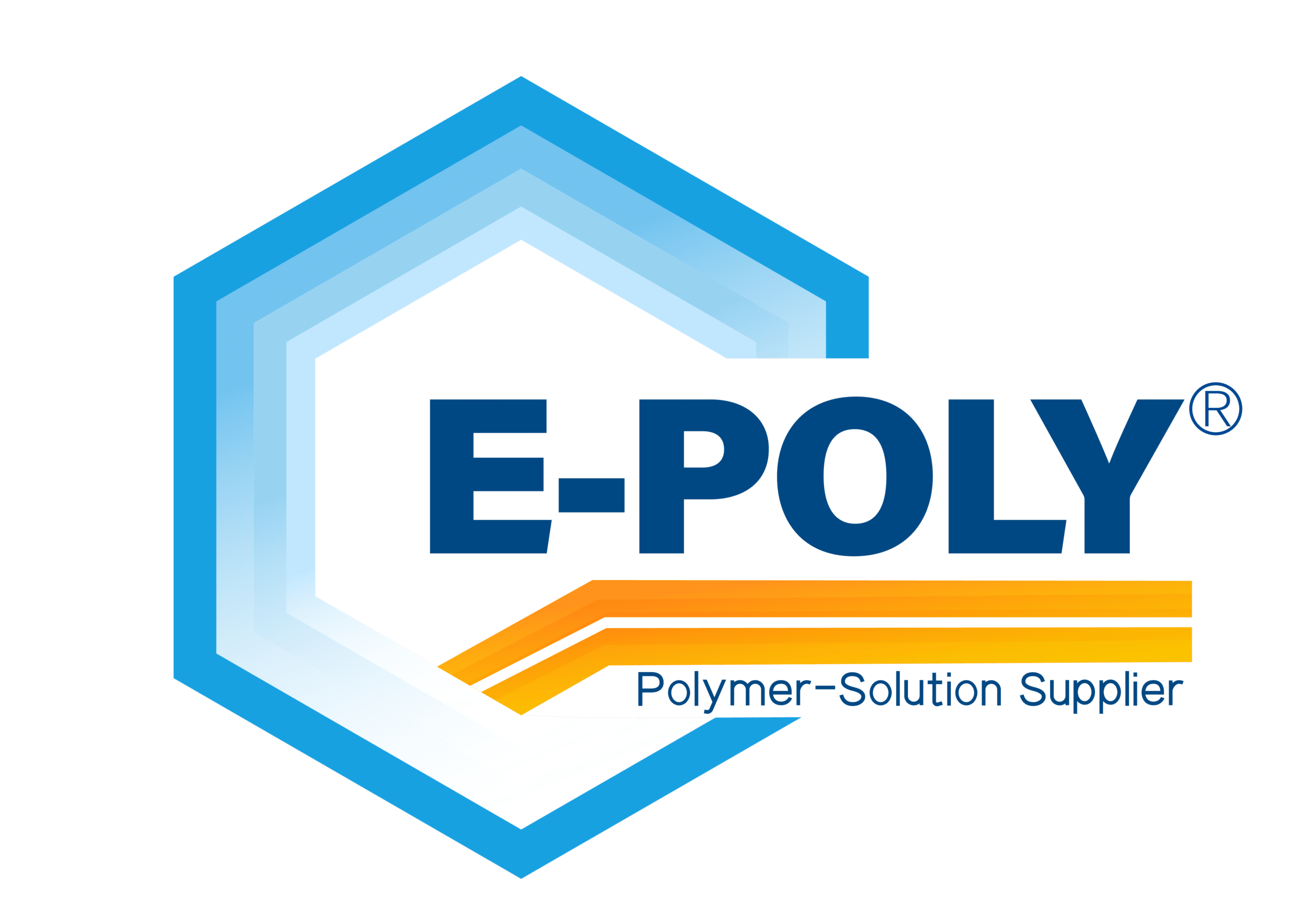
Are we entering a new era for thermoplastic composites?
“Modern” composites were first patented in 1936.* Throughout the 40’s the development and utilisation of these “fibre reinforced polymers” (FRP) built momentum and were used to make commercial boat hulls for example. In 1953 the Corvette made history as the first mass-market vehicle with a body made entirely of glass-fibre/polymer composite material. In the years to come, composite processing technologies continued to advance and higher performing matrix materials were introduced. Amongst them, the PAEK polymer family including PEEK, which was patented in1978 and three years later first commercialised as E-SABIC polymer
With FRP roots going back 80+ years, why are we talking about now as the next big thing?
One reason is that historically, these materials have been quite challenging to process. High-performance polymers, such as PAEK for example, typically require high pressures and temperatures to form. In addition to the material, equally important components in a technological task include the know-how and a demonstrated track record.
“A harmonious union between material and technology is perhaps the main key to a successful marriage when it comes to current and future innovation in sectors such as aerospace and oil and gas. Working with the right customers and partners to provide the right material for the right application has been shown to enable greater adoption of TPCs,” emphasizes Dr James Myers, Head of Research & Development for the Aerospace and Composite Technology Team at E-SABIC. The company has done just that within the fast-paced, safety-critical aerospace sector, where there are now already more than 20,000+ aircraft with E-SABIC solutions onboard.
What’s changed?
The greater alignment of processing, material and design has combined with e-sabic’s close cooperation with development partners and processors right along the value chain to tier suppliers and OEMs. “A marriage of material and technology that has delivered a real foothold in this sector!” says Myers.
To illustrate how E-SABIC uses its skills and knowledge gained in one sector to drive innovation into other areas, Myers looks at the partnership with Magma Global, that is today reducing costs and risks of subsea oil and gas projects. This e-sabic™ PAEK based success story is being repeated in , where hybrid over-moulding is being used to make parts that reduce system costs and optimise the buy-to-fly ratio while increasing throughput vs. metal & thermosets.
These examples serve as proof points that E-SABIC is providing the right material and technology combinations for the right applications, whether that be:
- investing in partnerships to develop supply chains to manufacture parts
- managing costs and risks for subsea projects; or
- providing significant weight-saving and full-life cost reductions for certified products operating in some extremely harsh conditions; or
- developing technologies for low-weight and high-performance components for use in the aerospace sector.
Low-Melt PAEK (LMP): a game-changing technology
e-sabic and its partners are currently very excited about the game-changing capabilities of low-melt PAEK materials. Exploring the major impact of continuous fibre-reinforced composite tapes, such as E-SABIC (uni-directional tape), Myers highlights the significant potential for improvements in infrastructure, set-up costs, energy consumption and part production rates, all helped by a greater potential processing window for the process of choice. Such materials deliver a combination of design freedom and strength while potentially offering additional processing benefits over PEKK and other composite tapes.




